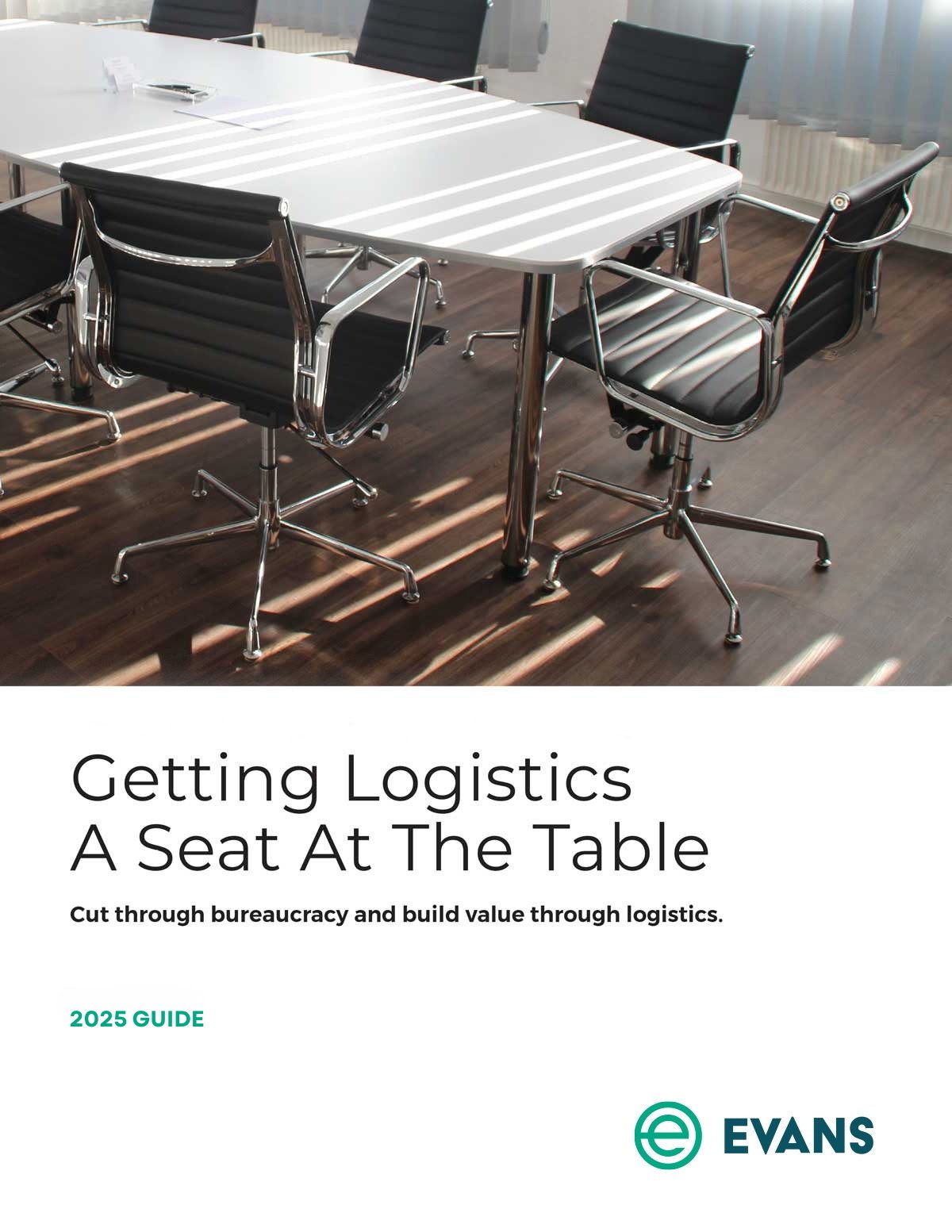As the capacity crunch reaches historic levels, shippers should keep an eye on these three LTL shipping trends when considering ways to reduce freight costs.
We're all well aware that the current capacity crunch is historically bad and getting worse. We get questions about it nearly every day at Evans. What do shippers need to know, and how can they avoid getting burned by rising shipping rates?
As LTL freight volumes continue to rise, we will see shippers, carriers, and 3PLs trying new methods and strategies to find capacity and optimal rates. Detailed below are three of the most important LTL shipping trends to watch in 2018.
3 LTL shipping trends to watch in 2018
1. Data-driven distribution and fulfillment strategies
Data collection will continue to drive improvements throughout the supply chain. Following Amazon’s example, the use of geography-specific fulfillment centers, rather than bulk-storage distribution centers, will grow.
With more consumer data, shippers can better anticipate demand by region. Shippers will not need to default to bulk distribution centers — they can deploy freight in a more efficient manner. 3PL partners can then harvest TMS data on costs, claims, deliveries, and safety reports in order to optimize and improve performance.
Real-time tracking of LTL shipping performance will yield tremendous amounts of data. With the Internet of Things in full swing, data is available pretty much everywhere. But all of the big data coming from the tracking of LTL shipping will require automation before it’s useful. Individual employees simply can’t analyze the amount of data harvested through modern tracking technologies.


